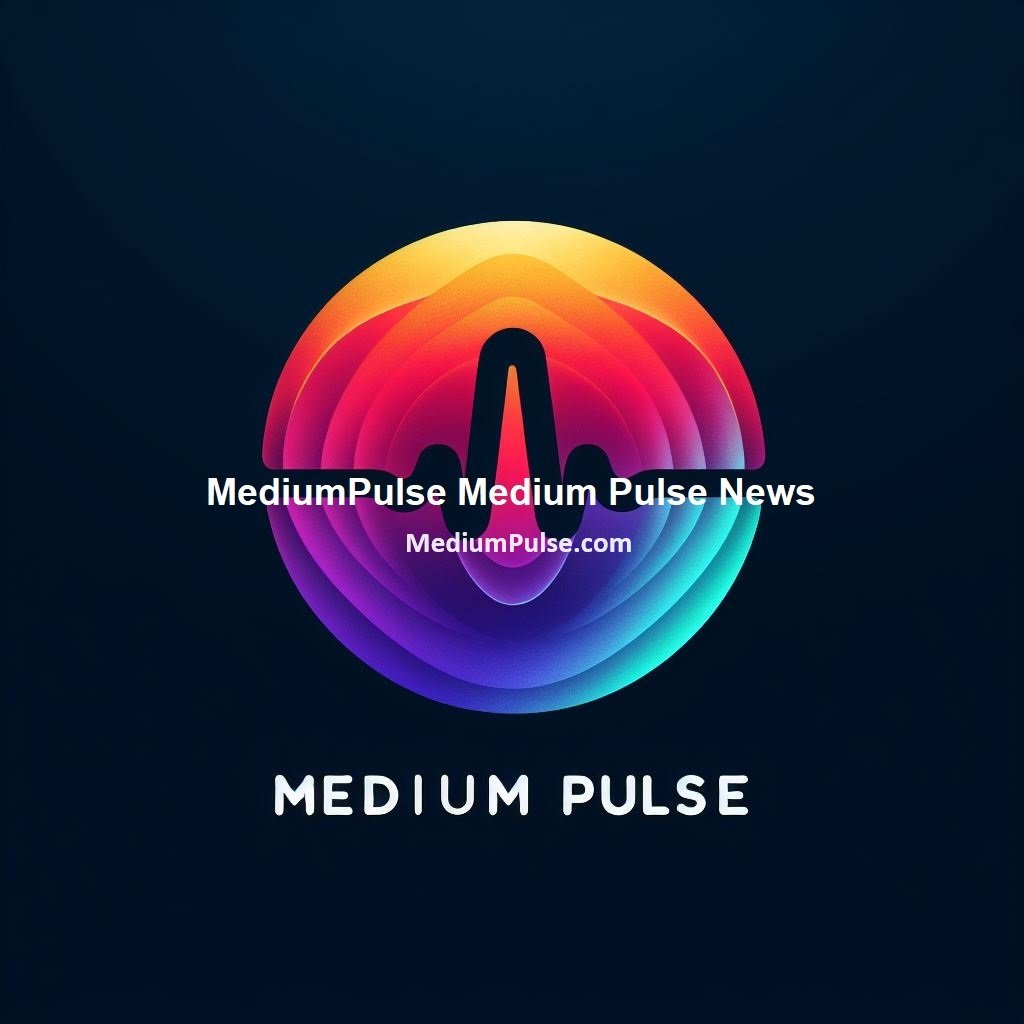Why LinkedIn Post Likes Are Dropping Drastically?
LinkedIn post likes are dropping drastically mainly due to significant changes in LinkedIn’s algorithm in 2025. The platform has shifted its focus from quantity of likes to quality engagement, prioritizing posts that spark meaningful conversations and provide genuine value over simple likes or viral content. Posts that generate immediate strong engagement, especially comments and shares that drive discussion, tend to perform better now than posts with just surface-level likes.
Reasons for the drop in LinkedIn post likes include:
-
Algorithm changes that reduce reach for posts unless they quickly generate strong, authentic engagement.
-
Increased content saturation on LinkedIn leading to more competition for visibility.
-
The platform’s preference for video and multimedia content over text-only posts.
-
A shift in focus from “likes” to meaningful comments and real conversations.
-
Seasonal variations and fluctuations in the active user base.
-
Discouragement for posts that are overly promotional, clichéd, or lacking authenticity.
To adapt successfully, creators are advised to focus on sharing authentic stories, value-driven insights, and content formats like PDFs and carousels. Also, engaging genuinely in comments on others’ posts helps build visibility. The quality and relevance of content now outweigh simple popularity metrics like number of likes.
LinkedIn’s updated algorithm encourages deeper engagement and reduces reach for posts that do not quickly capture meaningful interactions, leading to a noticeable drop in “likes” for many users despite the content quality or posting consistency.
LinkedIn post likes have seen a drastic decline in 2025 due to a combination of algorithm changes and evolving user behavior. The platform’s algorithm now prioritizes posts showcasing expertise, meaningful conversations, and interactive formats like short native videos or multi-image carousels, while de-emphasizing generic, promotional, or text-heavy content. This shift, coupled with a gradual rollout of posts over 1-2 weeks based on early engagement, means superficial likes are less impactful, and content lacking depth or discussion gets buried. Additionally, content saturation—with billions of weekly impressions and a flood of AI-generated posts—has diluted attention, reducing overall engagement rates by 18-25% as users face an oversupply of posts competing for limited visibility.
User fatigue and platform dynamics also play a role, as LinkedIn increasingly resembles an ad-heavy space with older posts and prioritized sponsored content, leading to distrust and lower interaction. Creators posting inconsistently or chasing vanity metrics like likes struggle to gain traction, especially if they miss peak engagement windows (e.g., Tuesday-Thursday mornings). To counter this, posting high-value, conversation-driven content, leveraging videos, and engaging early with comments can boost reach.
LinkedIn post likes are dropping drastically largely due to recent changes in the platform’s algorithm. In mid-2025, LinkedIn updated its feed to prioritize content that drives meaningful engagement, such as comments, saves, and profile visits, rather than superficial metrics like likes or views. This means posts with minimal interaction or those containing external links are shown less frequently in feeds. Additionally, the platform is testing ways to balance recency with relevance, which has further reduced visibility for many posts, especially multimedia content like videos, carousels, and polls.
Average post reach has declined significantly for most users, making likes less common even for high-quality content. To adapt, creators need to focus on producing valuable, thought-provoking posts that encourage audience interaction. Engaging directly with followers, asking open-ended questions, posting during peak times, and limiting external links or excessive hashtags can help counteract the drop in visibility. Essentially, LinkedIn is rewarding meaningful interactions over passive engagement, so strategy and content quality matter more than ever.
The primary reason for the drastic drop in LinkedIn post likes is a fundamental shift in the platform’s algorithm, which now heavily prioritizes meaningful, expertise-driven engagement over simple “vanity metrics” like likes. LinkedIn aims to be the trusted hub for professional knowledge, so it actively suppresses low-quality, generic, or overly promotional content, often giving it a “low-quality” or “spam” classification. This shift has placed a premium on Dwell Time (how long users spend on a post) and Comment Quality, meaning a post that generates a thoughtful 15-word comment is rewarded significantly more than one receiving 10 quick likes. Furthermore, posts containing external links that take users off the platform are often penalized with reduced reach, forcing creators to adapt their style or face diminished visibility.
This algorithmic refinement is compounded by a wave of platform saturation and content fatigue among users. The creator ecosystem has exploded, creating an overwhelming volume of posts that compete for attention. Even high-quality content struggles to stand out in the crowded feed, leading to users becoming “lurkers”—reading posts but rarely interacting publicly. To succeed now, creators must move beyond generic content formats like simple text and images, and instead leverage formats the algorithm is currently boosting, such as Document Posts (Carousels) and Polls, all while ensuring their content is authentic, provides genuine professional value, and specifically encourages dialogue to keep the conversation—and the post’s visibility—alive.
